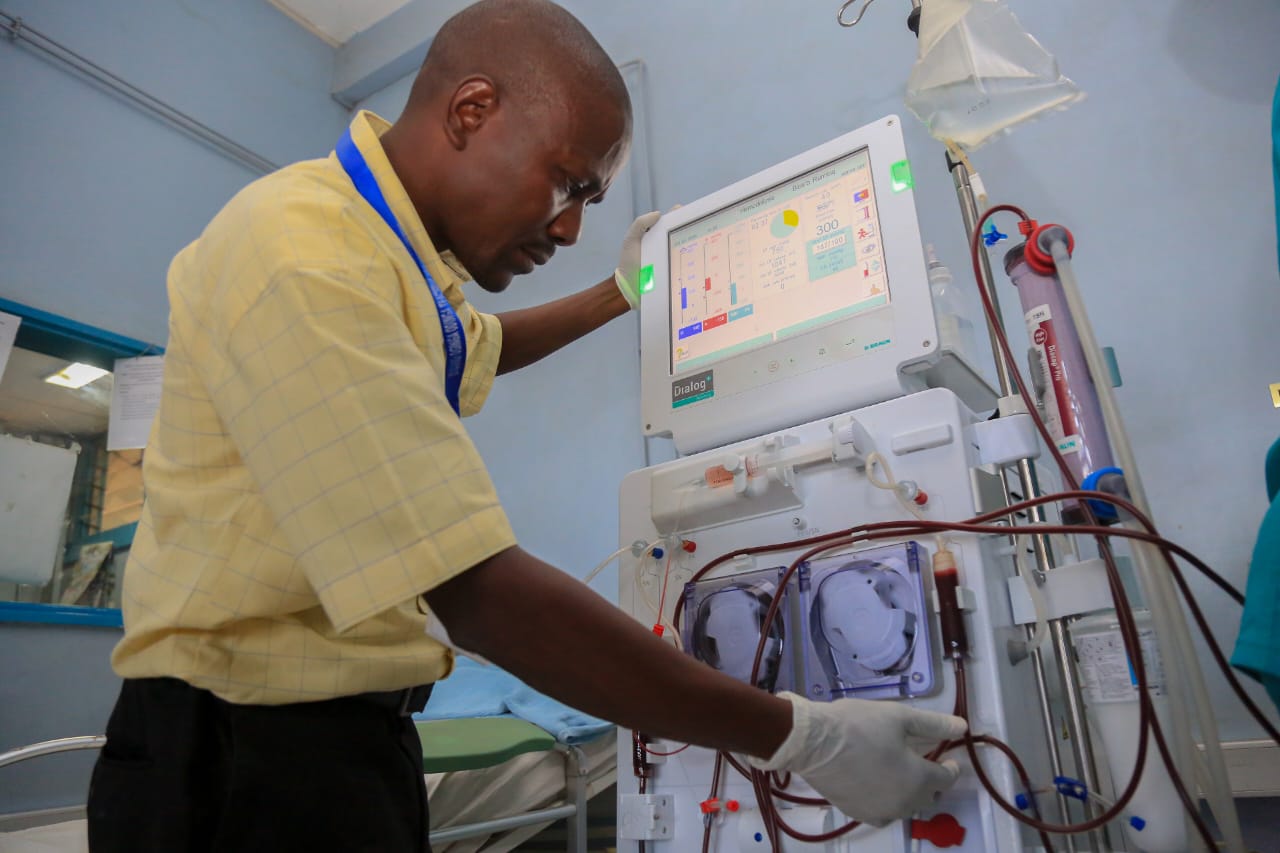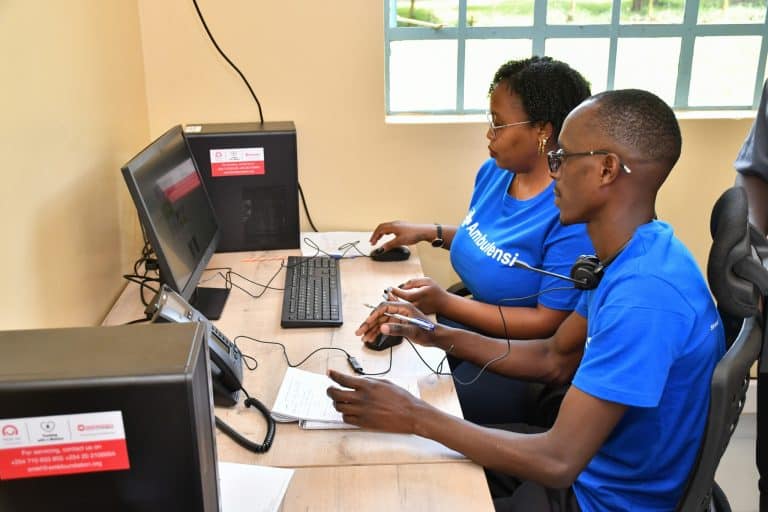How HMIS Automation Seals Revenue Leakages Before They Sink Your Hospital
What is the biggest threat to your hospital’s survival? How do you build resilient operations for your healthcare operations and continue to meet the mission of saving lives daily? The most persistent, subtle threat Hospital Administrators and Directors face as they plan their hospitals for healthcare success is revenue leakage.
Revenue Leakages and Lost Opportunities
It is a silent enemy, that impedes your hospital’s growth. Some ways that it does this include:
- The unbilled dressing change
- The diagnosis code error that guarantees a claim denial
- The small cash variance at the end of a chaotic Friday shift.
Systemic failures like the above are rooted in manual, paper-based processes. They are financial leaks that cumulatively prevent hospitals from:
- upgrades on their life-saving equipment
- increasing staff wages
- expanding essential patient services.
You need a long-term solution that prevents the loss from happening in the first place.
MedicentreV3 is designed precisely for this purpose, transforming Revenue Cycle Management (RCM) into technology-enabled prevention framework.
This is how a unified hospital management information system shifts financial control from the back office to the point of care. Every service gets correctly charged and collected.
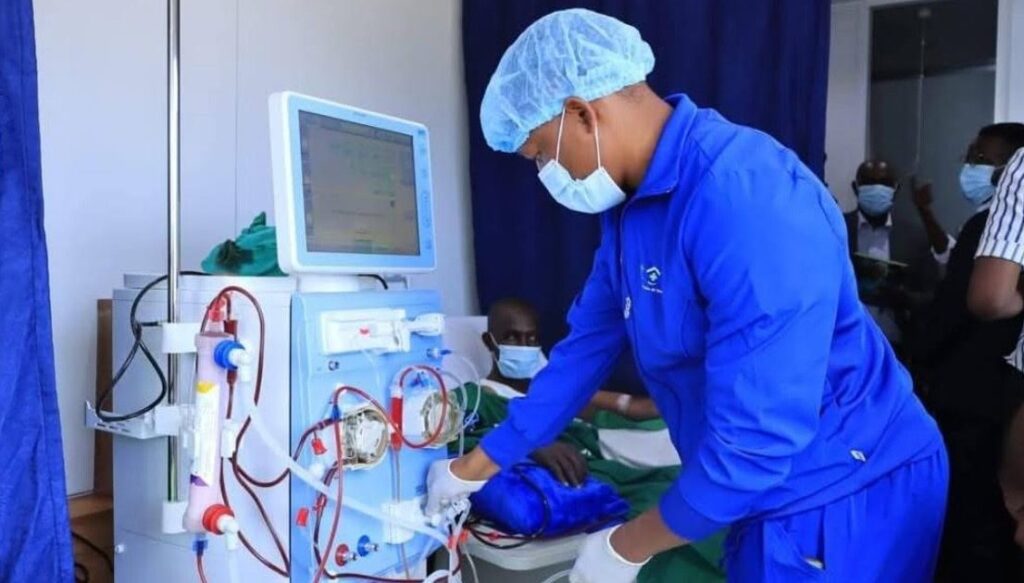
How to Reduce Forgotten Charges? Sealing Transactional Leaks
Business generates revenue at the exact moment that a service is provided. If you don’t have an automated connection between the financial record of that service and the clinical action, the entire record could be inaccurate. This is the sort of disconnection that leads to financial misreporting.
1. Outpatient Billing: The End of the Paper Gap
If a doctor reviewed a patient, there are specific procedures and lab test they would need. On a paper-based system, the doctor writes the order then the lab performs the service. But if the front-office staff remains buried under files, there is a great likelihood that the patient or insurer might not be charged for the test. Although the service was rendered, the revenue is lost.
How can an integrated Healthcare Management Information System address this issue? Most hospital systems include automated charge capture as part of revenue control.
MedicentreV3’s automated billing functionality handles this through a series of automated steps:
- When a clinician enters an order for a service, the system adds the corresponding charge to the patient’s bill. Therefore, whether a drug, consultation, or an imaging request is ordered for the patient, charge capture is automatic.
- This feature is analogous to CPOE[1] systems, making it impossible for staff to forget or miss a charge. The charge is generated at the point of ordering. It directly benefits financial integrity. Error detection shifts from the costly post-claim stage to the efficient pre-bill stage.
[1] Computerized Provider Order Entry
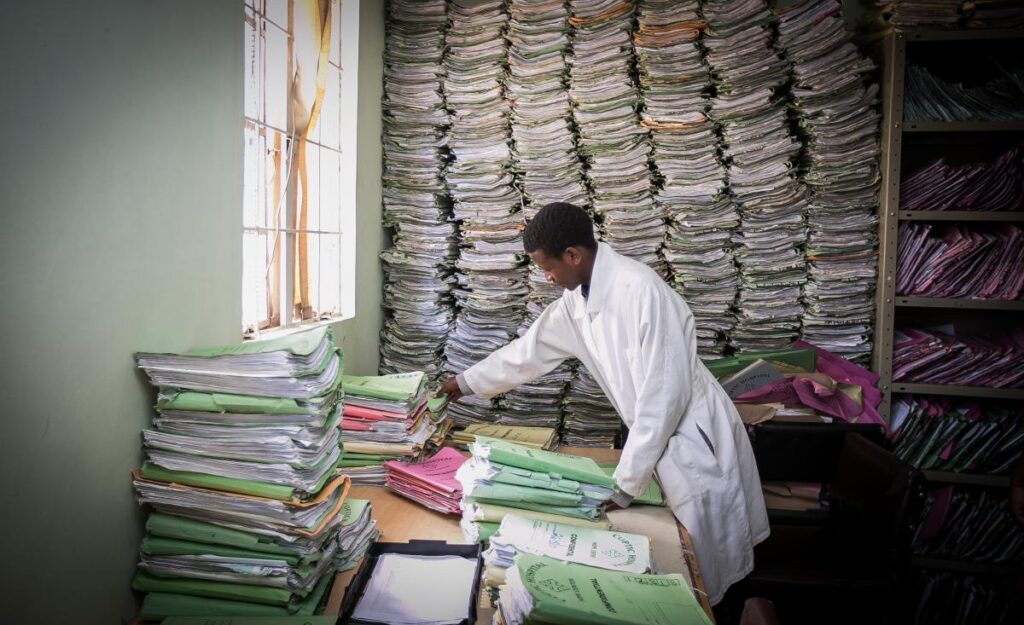
2. Inpatient Billing: Full Service Tracking
For patients in admission, the billing is a bit more complex than it is for ambulatory cases. The final bill must account for every treatment, procedure, and request made during their length of stay.
To ensure accuracy, the system links the billing panel directly to the patient’s electronic record for their entire admission. It tracks services, including diagnostic tests, theatre operation procedures, and detailed treatment sheets. This integrated tracking guarantees the final bill is accurate and complete, guaranteeing full revenue capture.
Patients benefit from a fair and transparent process for their entire stay. For instance, the system disallows billing for discontinued treatment while matching the bill against orders that have actually been fulfilled.
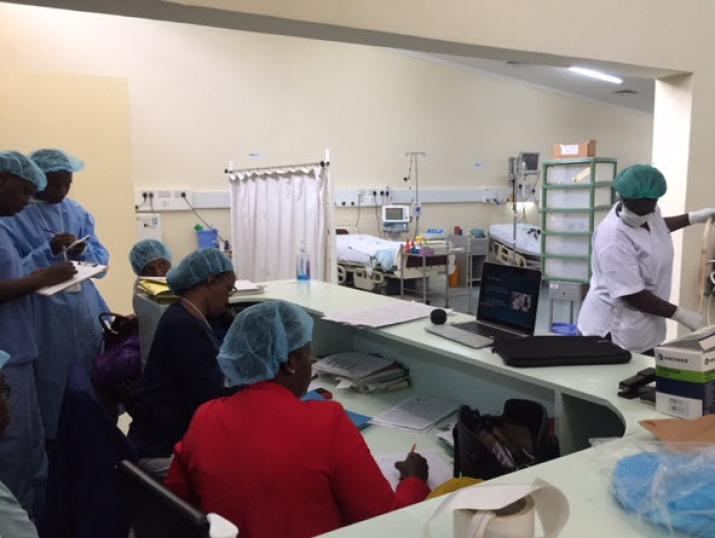
How do HMIS Drive Compliance? Eliminating Claim Rejections
A significant source of financial frustration for Billing Teams is the claim denial. Common causes of denials by 3rd party payers include:
- technical errors
- incorrect diagnosis codes
- missing information
Denied claims lead to expensive administrative rework, slow down payment cycles, and severely impede cash flow.
1. Standardization with ICD-11. Diagnosis Coding Compliance
The regulatory landscape in Kenya, particularly with the requirements set by the SHA [2], mandates strict standards, including the use of valid ICD-11* diagnostic codes for claims submission.
[2] Social Health Authority
* International Classification of Diseases by WHO – World Health Organization
MedicentreV3 directly addresses 3rd party payers’ demands by integrating the ICD-11 standardized diagnosis database into the clinical workflow. This integration ensures that:
- For the Clinician, the system forces the use of the correct, standardized diagnostic code during the encounter. This forms a key element of Clinical Decision Support.
- For the Billing Team, the system converts coding compliance as part of a proactive built-in financial control. It is a strict measure that ensures claim data meets the standards required by the SHA and medical insurers.
Incorrect codes are a persistent challenge in East Africa, and this standardization is vital for accelerating reimbursement.
2. Automated Claim Submission
Once the claim data is clean, the process of submission must be flawless. MedicentreV3 is designed to integrate seamlessly with regional medical claims switching services. Among these integrations are data interchanges with MediSmart [3] and Slade360 [4].
[3] by Smart Applications Group
[4] by Savannah Informatics
This automated integration establishes a “closed financial loop” and acts as an advanced set of safety controls. It ensures that claims are submitted electronically, automatic checks for format errors or missing administrative data.
Efficient billing processes improve the first-pass claim submission rate. Your hospitals payment cycle gets a rapid acceleration and staff spend less time on avoidable rework.
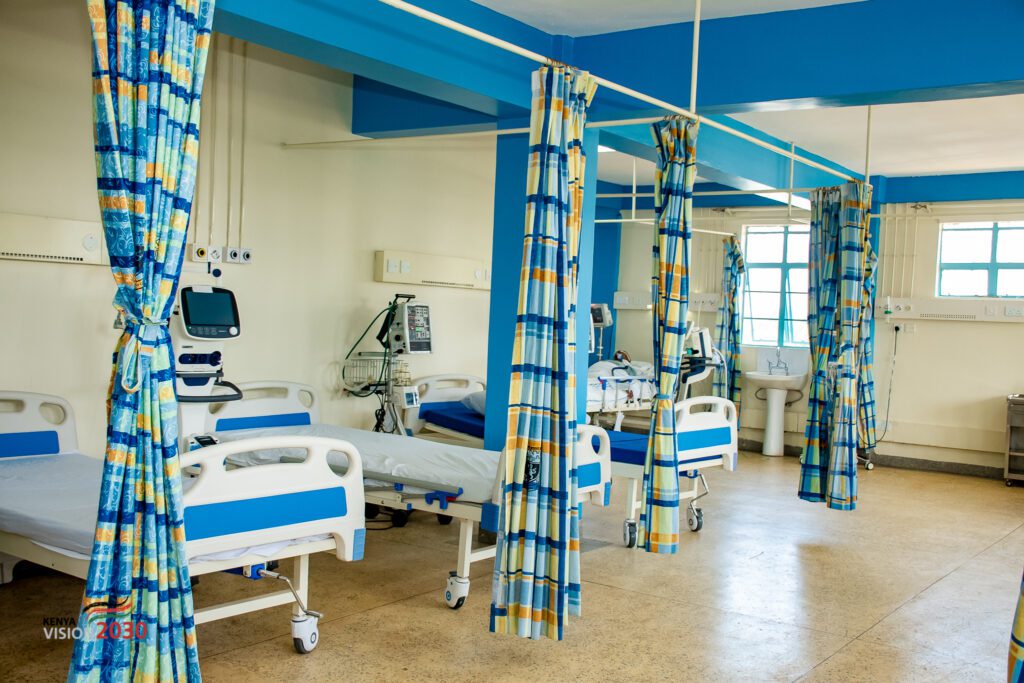
Controlling the Daily Cash
Financial integrity begins with strict internal controls over cash handling. These are important aspects of financial control for Hospital Administrators and Audit teams.
1. End-of-Shift Accountability
In any busy environment, cash shrinkage, fraud, or simple miscalculation can occur. The best defense is immediate accountability.
The End-of-Shift Cash Reconciliation Report is a critical tool run by the cashier when their work period ends.
This report checks the total money received (cash, mobile money, payment cards, etc.) against the charges recorded as paid for during that shift.
- It flags any variance immediately, reporting if there is “cash short” or “cash over”.
- Because the discrepancy is tied to a short time frame and a specific individual, managers can act instantly to isolate and resolve the issue.
- The result is a dramatic, improving deterrence against cash shrinkage and supporting a crystal-clear audit trail.
2. The Final Check: Bank Reconciliation
The ultimate validation of financial integrity is ensuring that the money recorded in the system aligns perfectly with the funds deposited in the bank.
The Bank Reconciliation Report achieves this crucial alignment, known as a “three-way match,” matching the system’s ledger, the deposit batches, and the bank statement.
Automated bank reconciliation streamlines this historically complex task, reducing human errors and guaranteeing that every single transaction is accounted for and validated. This ensures that the foundational data used for all strategic reporting is reliable.
Converting Debt into Liquidity
How can you actively manage your hospital’s financial future? The greatest benefit of a clean revenue cycle is the positive impact on your hospital’s liquidity and working capital.
The Power of Accounts Receivable Aging Analysis
Money owed to the hospital by 3rd party payers is a vital asset. Poor Accounts Receivable management can have a severe impact on a hospital yearly earnings.
In Kenya, hospitals that manage their billing tightly keep this below 3%. Once it goes above 5%, it signals deeper issues for instance weak credit control, poor patient follow-up, or loose insurance processes.
The Aging Analysis is the definitive tool for proactive financial management. It lists every owed bill and categorizes it by age (e.g., 1–30 days, 31–60 days, 61–90+ days).
- Why Age Matters: The likelihood of successfully collecting a debt drops significantly once it moves past the 90- or 120-day threshold.
- Actionable Insight: The report gives the collections team the data necessary to prioritize aggressively pursue the oldest, highest-risk debts first. This reduces the Days Sales Outstanding (DSO) and maximizes the conversion of services rendered into usable cash flow.
*DSO: the average time it takes to get paid
What Does Working Capital to Healthcare Business Strategy?
Accelerating cash collection directly enhances liquidity, which is the hospital’s ability to cover immediate costs like payroll and short-term expenses.
MedicentreV3 allows the finance office to track Accounts Payables alongside Accounts Receivable. This coordinated view, facilitated by the Payables Aging Analysis, enables your Chief Financial Officer to strategically manage cash inflows and outflows.
This balance is critical for optimizing Working Capital, ensuring the hospital maintains cash reserves for the longest possible duration before paying out liabilities.
This high-level reporting provides the predictable, real-time data needed for accurate budgeting, securing bank loans, and making confident decisions on capital expenditure.
Benchmarking for Strategic Excellence
MedicentreV3 offers a pathway to higher digital maturity. It’s Revenue Cycle Management capabilities align with the strategic levels of the HIMSS [5] Electronic Medical Record Adoption Model (EMRAM).
[5] Healthcare Information and Management Systems Society
EMRAM is a globally recognized framework that measures a hospital’s sophistication in using its IT systems.
By enforcing standardized clinical workflows (ICD-11, EMRAM Stage 4), closing the financial loop (Automated Claims, EMRAM Stage 5), and providing real-time data for instant oversight (Cash Reports, EMRAM Stage 6), MedicentreV3 guides the organization toward EMRAM Stage 7.
Stage 7 signifies high level of financial optimization.
In this stage, your hospital would use predictive data to proactively manage and optimize it’s financial health.
Planning becomes a proactive process since you have sealed off losses in your operations.
It is the ultimate goal of transforming the hospital from a reactive cost center into a resilient, enterprise that embraces strategic planning.
Sealing Revenue Leaks Lets You Invest in the Future of Healthcare Delivery
The commitment to sealing revenue leakages is a commitment to quality patient care and long-term sustainability.
By implementing technology, hospitals get a sustainable base to execute their mission of care delivery. Effective HMIS platforms:
- automate charge capture
- standardize claims coding
- enforces strict cash controls
- provides predictive debt management
These are the ingredients that guarantee predictable cash flow. With a robust hospital management system, you get to maximize liquidity and secure the necessary capital to invest in the future of healthcare delivery.
Ready to seal revenue leakages and secure your hospital’s future? Schedule a MedicentreV3 demo today.

